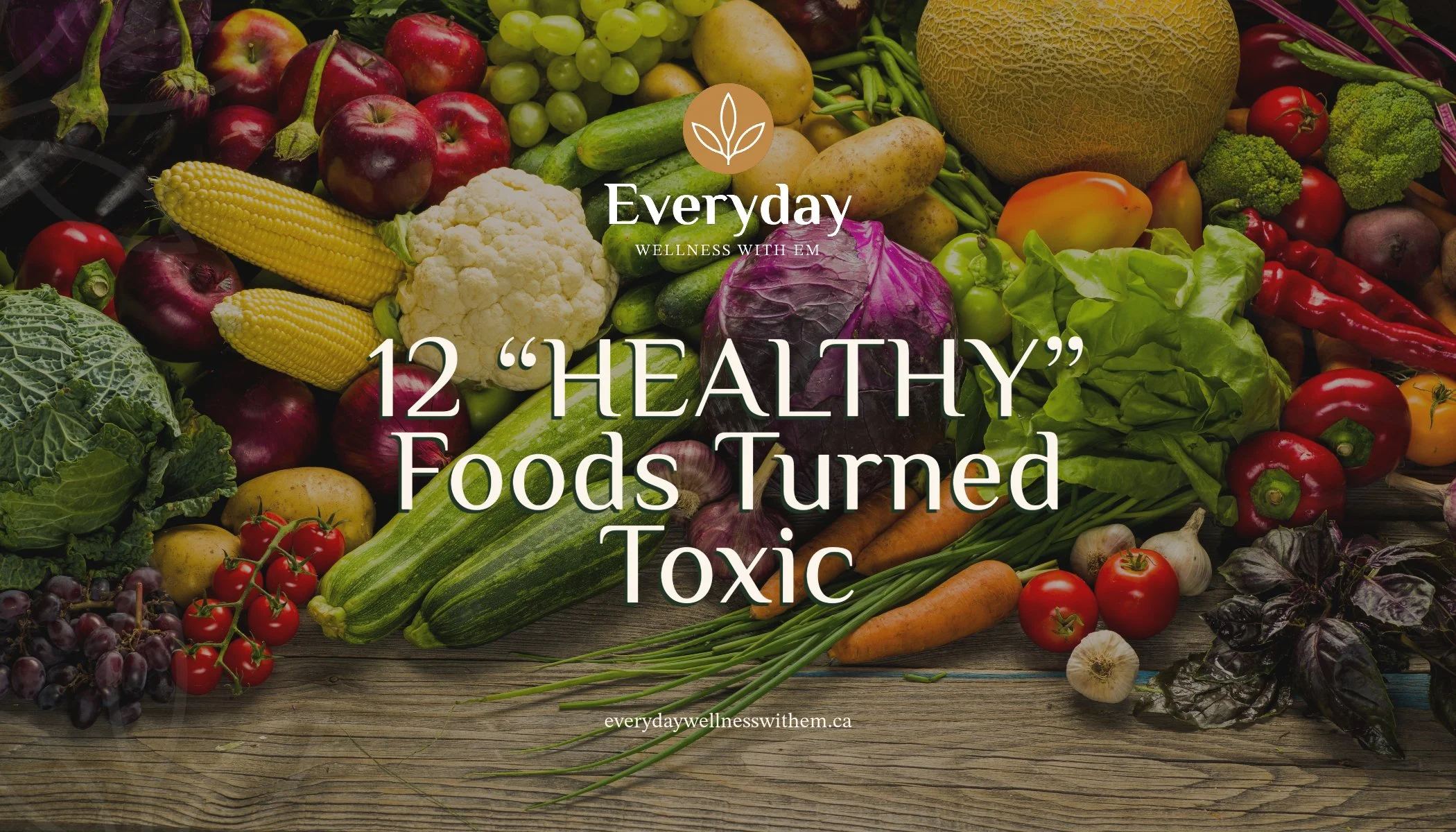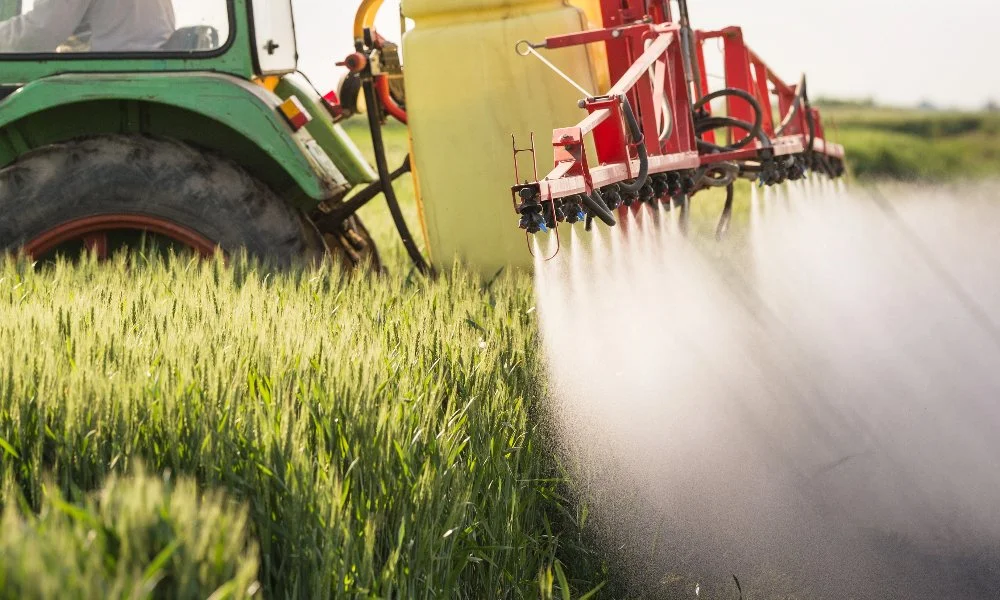12 “HEALTHY” Foods Turned Toxic
Toxins in our food
Did you know that some of the most common foods that are deemed "Healthy" may actually cause us more harm than good?
Unfortunately with the wide use of pesticides lots of our favourite healthy foods are now sprayed with toxic chemicals that can cause major hormonal disruption not to mention many other hidden health consequences.
What are pesticides?
The word "pesticide" is a general term used to describe a substance (or mixture) that kills a pest, or it prevents or reduces the damage a pest may cause. Pests can be insects, mice or other animals, unwanted plants (weeds), fungi, bacteria or viruses.
Pesticides can also include any substance that is used to modify a plant's growth (regulator), drop a plant's leaves prematurely (defoliant), or act as a drying agent (desiccant). Pesticides are usually chemicals, but they can also be made from natural materials such as animals, plants, bacteria, etc.
Why should you be aware of what has been sprayed?
Pesticides are known to kill. So why would they stop their primary function when we consume foods or animals have been exposed to these chemicals?
Pesticides are known Endocrine Disruptors (EDCs) which impact our hormonal production and function, along with many other vital bodily functions.
pesticides on produce because they are toxic by design, created expressly to kill living organisms – insects, plants and fungi considered “pests.” But many pesticides pose health dangers to people, too, including cancer, hormone disruption, and brain and nervous system toxicity.
When to buy
Clean Fifteen Foods
These foods are safe to purchase non-organic
Avocados
Sweet corn
Pineapple
Onions
Papaya
Sweet peas (frozen)
Asparagus
Honeydew melon
Kiwi
Cabbage
Mushrooms
Mangoes
Sweet Potatoes
Watermelon
Carrots
Dirty Dozen Foods
Purchase the organic option of these foods
Nectarines
Grapes
Bell and hot peppers
Cherries
“But Organic food is expensive”
I get it! I pick my battles when I don’t feel/ want to spend an extra $5 on a head of organic lettuce.
Luckily there are a few ways around this.
Check the frozen isle first
Focus on purchasing organic foods that are porous and would have really soaked in anything sprayed on them, or don’t have a peal that has helped protect the edible part.
Take something out of your cart that you probably don’t need to buy. (Packaged cookies, premade pasta sauce, etc)
How to reduce your exposure further
Wash any fresh vegetables or fruits with a natural veggie cleaning or homemade solution before putting them into the fridge. Even if you have purchased organic produce that item has been touched and exposed to many different bacteria or contaminated surfaces before you brought it home. It’s a good rule of thumb just to give everything a good wash, especially before consuming.
Another great option is to buy from a local producer who you know and trust their farming practices. Even if they are not certified organic (which costs a lot of money and there are many hoops to jump through) a lot of farmers will have strict farming practices and do not use pesticides or sprays on their produce.
Resources
The Environmental Working Group is an amazing resource to keep up to date on the latest findings in food chemical expo testing and pesticides.




